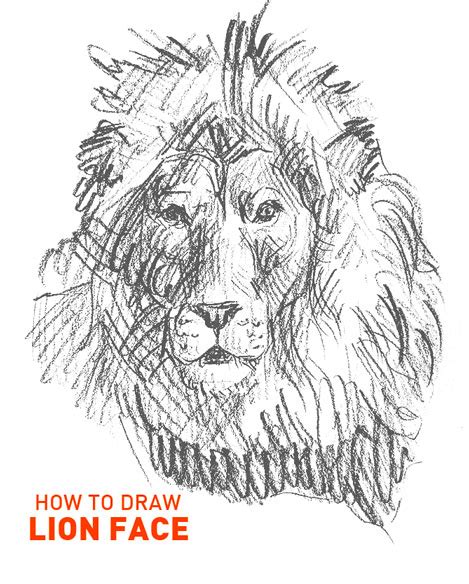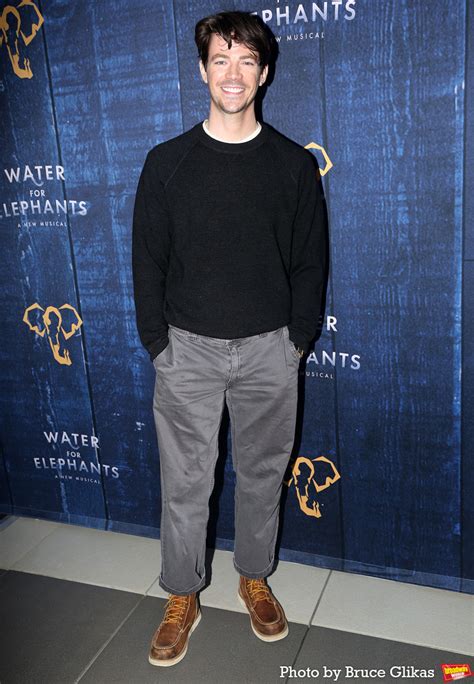Drawing realistic portraits of lions can be a challenging yet rewarding experience. With the right techniques and practice, you can create stunning and lifelike portraits of these majestic creatures. In this comprehensive guide, we’ll explore the key elements of drawing realistic lion portraits, from understanding their anatomy to capturing their expressive features.
Understanding Lion Anatomy
Before you start drawing, it’s essential to have a solid understanding of lion anatomy. Lions have a distinctive body shape, with a short, tawny or golden coat, a long mane that covers the head, neck, and shoulders, and a short, tufted tail. Their eyes are a piercing yellow, and their ears are small and rounded. Take some time to study the anatomy of lions, paying attention to the proportions of their body, the shape of their head, and the structure of their muscles.
Choosing the Right Materials
The materials you choose can make a significant difference in the quality of your drawing. For a realistic portrait, you’ll want to use a range of pencils, from soft (B) to hard (H), to create a variety of tones and textures. You may also want to consider using a sketchbook with high-quality paper that can handle a range of mediums, including pencils, charcoal, and ink. Additionally, a sharpening tool and a eraser will come in handy for creating fine details and correcting mistakes.
Basic Shapes and Proportions
To draw a realistic lion portrait, start by sketching the basic shapes and proportions of the animal. Use simple shapes, such as circles, ovals, and rectangles, to block out the overall form of the lion. Pay attention to the proportions of the head, body, and limbs, making sure to get the measurements right. For example, the lion’s head should be approximately one-third the size of the body, and the ears should be small and rounded.
Capturing Expression and Personality
One of the most challenging aspects of drawing a realistic lion portrait is capturing the animal’s expression and personality. Lions are known for their regal and majestic demeanor, but they can also be playful and affectionate. To capture the essence of a lion’s personality, study their facial expressions, body language, and behavior. Look at the way they move, the way they interact with their surroundings, and the way they express themselves through vocalizations and scent markings.
Step-by-Step Drawing Guide
Now that we’ve covered the basics, let’s move on to a step-by-step guide on how to draw a realistic lion portrait:
- Sketch the basic shapes: Start by sketching the basic shapes of the lion, including the head, body, and limbs. Use simple shapes, such as circles, ovals, and rectangles, to block out the overall form of the animal.
- Add the facial features: Once you have the basic shapes in place, start adding the facial features, including the eyes, nose, and mouth. Use a range of pencils to create a variety of tones and textures, and pay attention to the proportions of the facial features.
- Develop the mane: The mane is one of the most distinctive features of a lion, and it can be a challenging aspect to draw. Use a range of pencils to create a textured, layered effect, and pay attention to the way the mane falls around the head and neck.
- Add the body and limbs: Once you have the head and mane in place, start adding the body and limbs. Use simple shapes to block out the overall form of the animal, and then add the details, such as the muscles, bones, and fur.
- Refine the details: Finally, refine the details of the portrait, including the eyes, nose, and mouth. Use a range of pencils to create a variety of tones and textures, and pay attention to the proportions of the facial features.
One of the key elements of drawing a realistic lion portrait is capturing the texture and detail of the animal's fur. To achieve this, use a range of pencils to create a variety of tones and textures, and pay attention to the way the fur falls around the body.
Common Mistakes to Avoid
When drawing a realistic lion portrait, there are several common mistakes to avoid. These include:
- Incorrect proportions: Make sure to get the proportions of the head, body, and limbs correct, as this can affect the overall balance and harmony of the portrait.
- Lack of texture and detail: Lions have a distinctive coat of fur, and it’s essential to capture the texture and detail of this in your drawing. Use a range of pencils to create a variety of tones and textures, and pay attention to the way the fur falls around the body.
- Inconsistent facial expression: Lions are known for their regal and majestic demeanor, but they can also be playful and affectionate. To capture the essence of a lion’s personality, study their facial expressions, body language, and behavior.
Conclusion
Drawing a realistic lion portrait requires patience, practice, and attention to detail. By understanding the anatomy of lions, choosing the right materials, and capturing the expression and personality of the animal, you can create a stunning and lifelike portrait. Remember to avoid common mistakes, such as incorrect proportions and lack of texture and detail, and don’t be afraid to experiment and try new things. With time and practice, you’ll be able to create realistic lion portraits that capture the essence and majesty of these incredible animals.
What is the most challenging aspect of drawing a realistic lion portrait?
+The most challenging aspect of drawing a realistic lion portrait is capturing the expression and personality of the animal. Lions are known for their regal and majestic demeanor, but they can also be playful and affectionate. To capture the essence of a lion's personality, study their facial expressions, body language, and behavior.
What materials are best for drawing a realistic lion portrait?
+The materials you choose can make a significant difference in the quality of your drawing. For a realistic portrait, you'll want to use a range of pencils, from soft (B) to hard (H), to create a variety of tones and textures. You may also want to consider using a sketchbook with high-quality paper that can handle a range of mediums, including pencils, charcoal, and ink.
How do I capture the texture and detail of a lion's fur?
+To capture the texture and detail of a lion's fur, use a range of pencils to create a variety of tones and textures. Pay attention to the way the fur falls around the body, and use short, broken lines to suggest the texture and direction of the fur.
By following these tips and techniques, you’ll be well on your way to creating realistic lion portraits that capture the essence and majesty of these incredible animals. Remember to practice regularly, and don’t be afraid to experiment and try new things. With time and patience, you’ll develop the skills and confidence you need to create stunning and lifelike portraits of lions.



